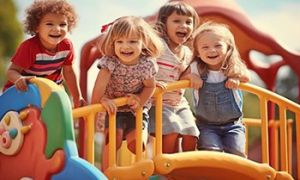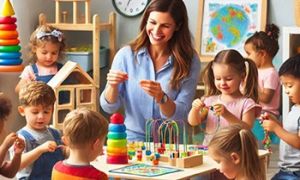Outcome 3 of the EYLF, Children have a strong sense of well-being, which reminds us that physical health and emotional safety are deeply connected. In early childhood, well-being is expressed through movement, rest, nutrition, emotional regulation, and trusting relationships. The following article translates the outcome into simplified language to support educators in recognising and documenting moments where children care for their bodies, express their feelings, and build resilience.
What This Means for Children
- They feel safe, supported, and emotionally secure.
- They begin to name and understand their feelings.
- They learn to calm themselves and manage big emotions.
- They build trust with educators and peers.
- They develop healthy habits—eating, resting, moving, and hygiene.
- They show pride in caring for their bodies and belongings.
- They learn to ask for help when they need it.
- They begin to understand boundaries and self-protection.
How Educators Might Observe This
- A child says, “I’m sad,” and chooses a quiet space.
- A toddler reaches for a familiar educator when unsure.
- A preschooler washes hands independently before eating.
- A child uses breathing or movement to calm down.
- Children engage in active play and show joy in movement.
- A child asks for help to open their lunchbox or zip their jacket.
- A child expresses pride in brushing their hair or choosing healthy food.
- Children show care for others’ feelings and offer comfort.
Child-Friendly Phrasing
- “I know how I feel and what I need.”
- “I move, rest, and eat to stay strong.”
- “I can calm down when I feel big feelings.”
- “I ask for help when I need it.”
- “I take care of my body and my feelings.”
Educator Summary
Children develop physical health, emotional regulation, and resilience. They learn to manage emotions, make safe choices, and build positive relationships.
You might observe this outcome when a child names their emotion, chooses a calming strategy, participates in active play, or shows pride in caring for their body.
Family Translation
- Your child is learning to name and express their feelings.
- They are discovering ways to calm down when they feel overwhelmed.
- They are building confidence in asking for help when they need it.
- They are learning about healthy habits—eating, resting, moving, and hygiene.
- They are developing resilience and emotional strength.
- They are beginning to understand how to care for themselves and others.
- They are learning that their feelings matter and their body is important.
Why It Matters
When children feel physically safe and emotionally supported, they are more confident, curious, and ready to engage with the world around them. Well-being is the foundation for learning—it allows children to take risks, build relationships, and express themselves. By helping children understand their feelings, care for their bodies, and develop resilience, we’re not just supporting their health—we’re nurturing their lifelong capacity for self-awareness, empathy, and emotional strength. These early experiences shape how children respond to challenges, connect with others, and advocate for their own needs.
Further Reading
EYLF Outcome 1 In Simplified Language
EYLF Outcome 2 In Simplified Language
Activity Ideas To Promote EYLF Outcome 3
Achieving EYLF Outcome 3 In The Babies Room
Learning Goals And Activities To Achieve EYLF Learning Outcome 3
Understanding EYLF Outcome 3


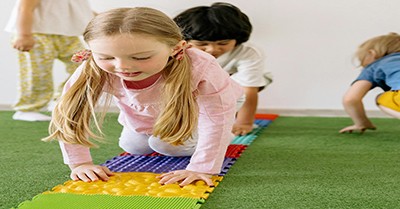

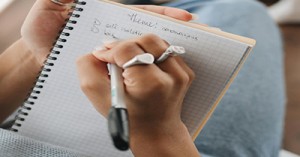
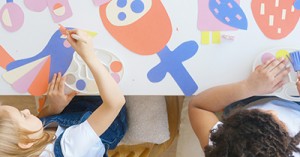
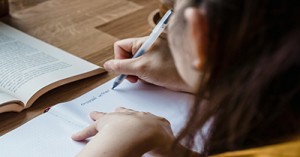
 Here is the list of the EYLF Learning Outcomes that you can use as a guide or reference for your documentation and planning. The EYLF
Here is the list of the EYLF Learning Outcomes that you can use as a guide or reference for your documentation and planning. The EYLF The EYLF is a guide which consists of Principles, Practices and 5 main Learning Outcomes along with each of their sub outcomes, based on identity,
The EYLF is a guide which consists of Principles, Practices and 5 main Learning Outcomes along with each of their sub outcomes, based on identity, This is a guide on How to Write a Learning Story. It provides information on What Is A Learning Story, Writing A Learning Story, Sample
This is a guide on How to Write a Learning Story. It provides information on What Is A Learning Story, Writing A Learning Story, Sample One of the most important types of documentation methods that educators needs to be familiar with are “observations”. Observations are crucial for all early childhood
One of the most important types of documentation methods that educators needs to be familiar with are “observations”. Observations are crucial for all early childhood To support children achieve learning outcomes from the EYLF Framework, the following list gives educators examples of how to promote children's learning in each individual
To support children achieve learning outcomes from the EYLF Framework, the following list gives educators examples of how to promote children's learning in each individual Reflective practice is learning from everyday situations and issues and concerns that arise which form part of our daily routine while working in an early
Reflective practice is learning from everyday situations and issues and concerns that arise which form part of our daily routine while working in an early Within Australia, Programming and Planning is reflected and supported by the Early Years Learning Framework. Educators within early childhood settings, use the EYLF to guide
Within Australia, Programming and Planning is reflected and supported by the Early Years Learning Framework. Educators within early childhood settings, use the EYLF to guide When observing children, it's important that we use a range of different observation methods from running records, learning stories to photographs and work samples. Using
When observing children, it's important that we use a range of different observation methods from running records, learning stories to photographs and work samples. Using This is a guide for educators on what to observe under each sub learning outcome from the EYLF Framework, when a child is engaged in
This is a guide for educators on what to observe under each sub learning outcome from the EYLF Framework, when a child is engaged in The Early Years Learning Framework describes the curriculum as “all the interactions, experiences, activities, routines and events, planned and unplanned, that occur in an environment
The Early Years Learning Framework describes the curriculum as “all the interactions, experiences, activities, routines and events, planned and unplanned, that occur in an environment